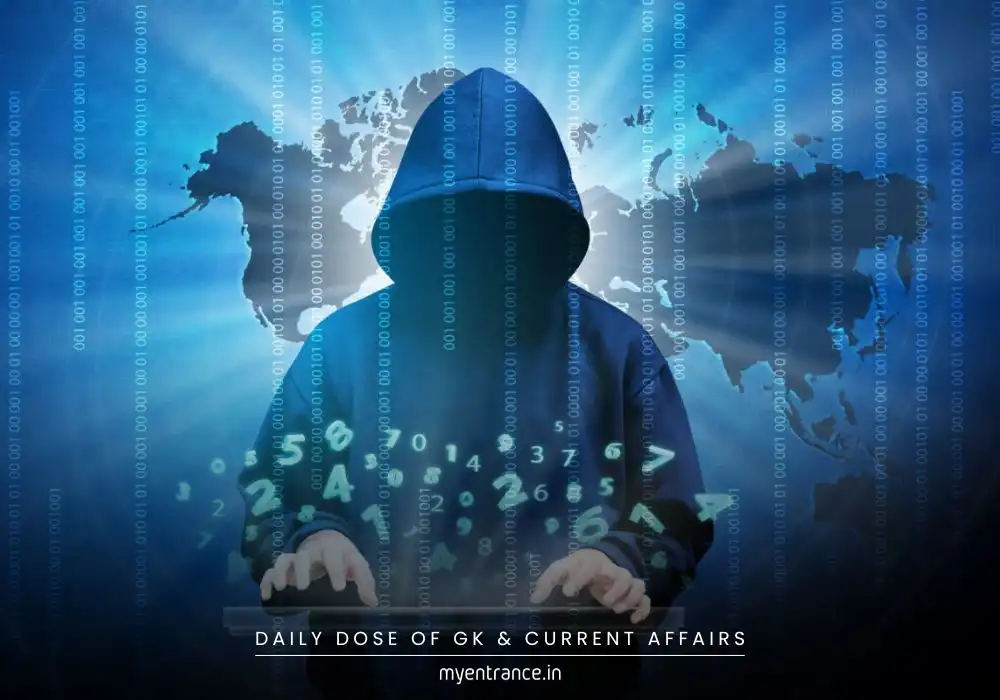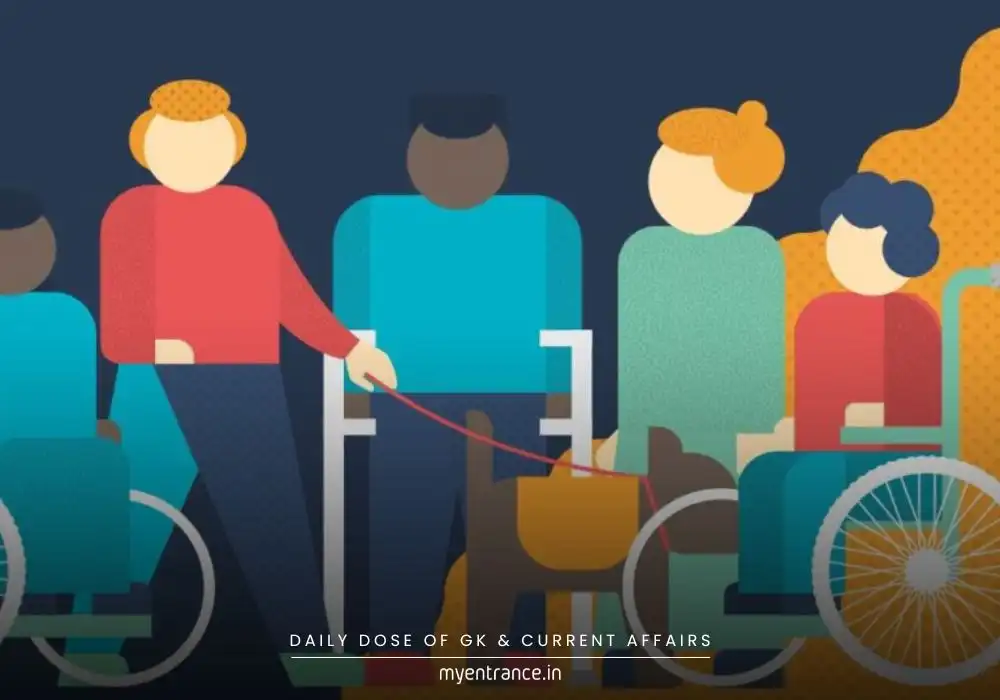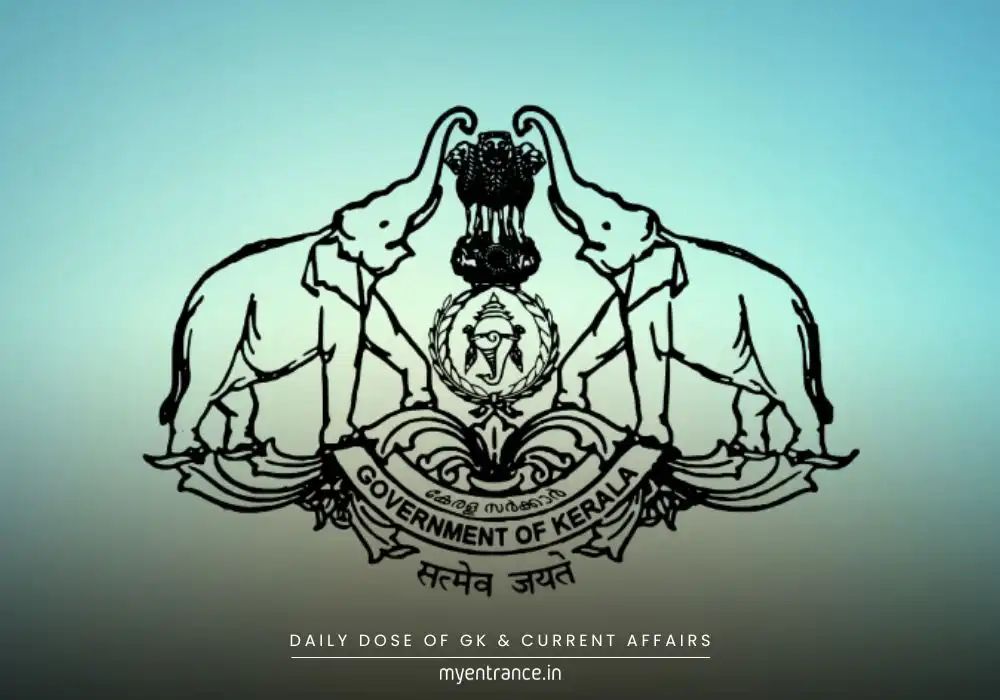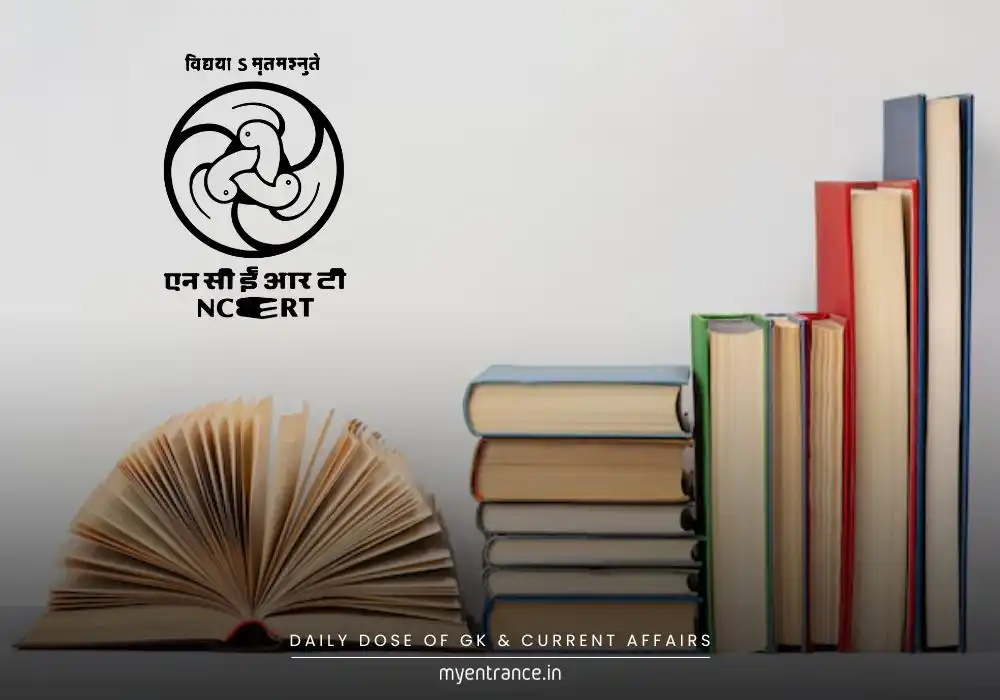Translate Language
Is Southeast Asia the Hub of India’s Cybercrime Challenge?
Cybercrime in India is surging, with scams originating from Southeast Asia accounting for massive financial losses. The Indian Cyber Crime Coordination Centre (I4C) reports that fraud networks in Myanmar, Cambodia, and Laos—often run by Chinese operators—exploit trafficked workers to target Indians. This issue is critical for competitive exams like UPSC, SSC, and banking, covering cybersecurity, governance, and internal security.

India’s Cybercrime Challenge: A Rising Threat
India’s digital revolution has brought convenience but also increased vulnerability to cybercrimes. According to the Ministry of Home Affairs (MHA), scams from Southeast Asia caused losses of over ₹7,000 crore in just five months (January-May 2024). These operations, often controlled by Chinese syndicates, use sophisticated tactics to defraud Indians.
Common Types of Cybercrimes in India
Cybercriminals employ various methods to exploit victims, including:
Phishing – Fraudulent emails or messages trick users into revealing sensitive data.
Ransomware Attacks – Malware locks systems until a ransom is paid; India saw a 55% rise in 2024.
Whale Phishing – High-profile targets like CEOs are tricked into transferring funds.
Smishing & Vishing – Scams via SMS or voice calls impersonating banks or officials.
Deepfake Fraud – AI-generated fake videos/audio used to deceive victims.
Ponzi Schemes – Fake investment apps promise unrealistic returns.
How AI is Escalating Cyber Threats
Cybercriminals now use AI to launch hyper-targeted attacks:
Personalized Phishing – AI scrapes social media to craft convincing scam emails.
Polymorphic Malware – Self-modifying malware evades detection.
Chatbot Scams – AI-powered bots mimic human interactions on WhatsApp/Telegram.
Why is Cybercrime Increasing in India?
Several factors contribute to the surge:
Rapid Digitalization – More internet users mean more targets.
Remote Work Vulnerabilities – Weak cybersecurity in home networks.
Cross-Border Anonymity – Criminals operate from abroad, evading Indian laws.
Lack of Awareness – Many users fall for scams due to poor digital literacy.
Government Measures to Combat Cybercrime
India has strengthened its legal and technological defenses:
1. New Criminal Laws (2023)
Bharatiya Nyaya Sanhita (BNS) – Covers cyber fraud, deepfakes, and digital evidence.
Bharatiya Sakshya Adhiniyam – Recognizes electronic records as primary evidence.
2. Key Initiatives
Indian Cyber Crime Coordination Centre (I4C) – Tracks cyber frauds and coordinates investigations.
National Cybercrime Reporting Portal – Allows citizens to report scams online.
Sanchar Saathi Portal – Helps block stolen phones and detect fake SIMs.
MuleHunter.AI (RBI Initiative) – Identifies fraudulent bank accounts used in scams.
‘.bank.in’ Domain – Enhances security for digital banking.
Sample Questions for Competitive Exams
Q1. What percentage of India’s cyber fraud losses are linked to Southeast Asia?
Ans: Over 50% of ₹7,000 crore losses (Jan-May 2024) originated from Myanmar, Cambodia, and Laos.
Q2. How does AI contribute to cybercrime?
Ans: AI enables deepfake scams, personalized phishing, and self-evolving malware.
Q3. What is ‘smishing’?
Ans: Fraudulent SMS messages designed to steal personal/financial data.
Q4. Which government body oversees cybercrime investigations in India?
Ans: The Indian Cyber Crime Coordination Centre (I4C) under MHA.
Q5. What is the purpose of the ‘.bank.in’ domain?
Ans: To enhance security by providing a verified domain for Indian banks, reducing phishing risks.
Get 3 Months Free Access for SSC, PSC, NIFT & NID
Boost your exam prep!
Use offer code WELCOME28 to get 3 months free subscription. Start preparing today!















